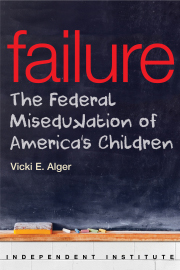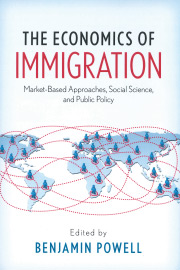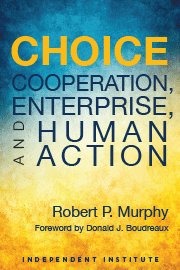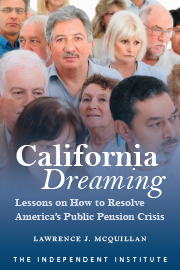K. Lloyd Billingsley • Monday, September 10, 2018 •
In rallies and speeches Donald Trump proclaims that no president has ever cut so many regulations. Cass Sunstein, from 2009 to 2012 an administrator of the Office of Information and Regulatory Affairs, brings a different perspective to that claim.
Under George W. Bush, he explains, the Office of Information and Regulatory Affairs approved about 2,500 final regulations and under Barack Obama, about 2,100. What really counts, according to Sunstein, is repeal of existing regulations and the Trump administration has only repealed “dozens.” If the true number is around 100, that accounts for “about 2 percent of the number of regulations finalized over the past 16 years.”
The number isn’t higher because, “after regulations have been on the books for a while, people get accustomed to them. Companies aren’t eager to have to make large-scale adjustments, especially if they have changed their practices to adapt to previous requirements.”
Sunstein believes that many regulations do more good than harm, and that “in 2017 and 2018, the U.S. would also have seen a slowdown in regulatory activity under Hillary Clinton.” Even so, “Trump’s effort to push the pause button has worked—and it is undoubtedly more dramatic than what would have happened in a Democratic administration.” The real lesson, according to Sunstein, is that “for any president, it’s a lot easier to reduce the flow of new regulations than to eliminate those on the books.”
Whatever Trump’s performance on regulations, taxpayers might note the president has failed to eliminate any federal agencies, however redundant or useless they might be. The previous administration, during a recession, launched a new federal agency, the Consumer Financial Protection Bureau, funded by the Federal Reserve, not Congress, and headed by a single person, presidential pick Richard Cordray. The former CFPB boss is now running for governor of Ohio.
***
K. Lloyd Billingsley is a Policy Fellow at the Independent Institute and a columnist at The Daily Caller.























